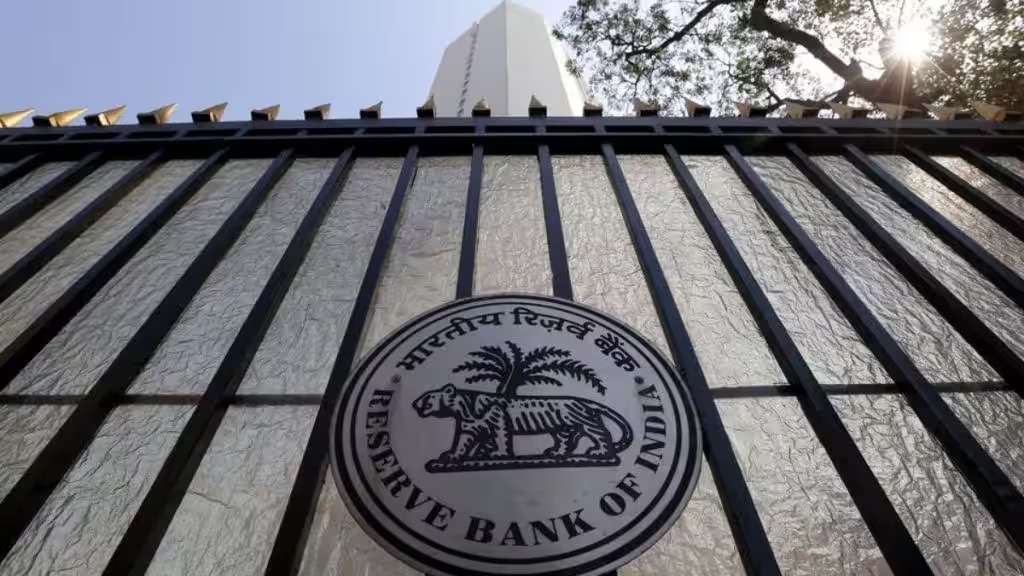As India prepares for a new government by June 4, there will be an unexpected influx of Rs 2.11 lakh crore into the bank from the RBI. This significant amount of money comes with a variety of possibilities and expectations. Whether the new administration prioritizes reducing the fiscal deficit or increasing spending, one thing is clear: investors are optimistic.
Decreases in spending outweigh increases in spending
This huge surplus leaves the government with two main options. Deficits can be reduced immediately or spending can be increased, especially for infrastructure. According to Samiran Chakraborty of Citi Research, bond markets will tend to focus on spending, while banks are likely to cheer higher rates. This difference highlights the different priorities of financial stakeholders.
Dalal Street has already expressed its excitement, with the Sensex rising 1,300 points in response to the news. Bond yields also fell, indicating investor sentiment.
BJP cautious approach versus Opposition promise
The political climate adds another dimension to these investment decisions. The Congress has boldly promised an annual cash check of Rs 1 lakh to poor women and unemployed youth along with the ‘Loan Waiver Commission’ to waive loans to farmers. On the other hand, Prime Minister Narendra Modi and the BJP have refrained from making such popular promises even though they are highly expected to win three consecutive terms.

Shreya Sodhani, economist at Barclays, pointed out that the BJP-led government is unlikely to choose to go on a populist spend despite receiving more revenue from RBI dividends.
The current administration has historically focused on infrastructure spending rather than welfare programs, even in an election year.
RBI’s pay check Effects on economic pricing
Reducing the fiscal deficit could have long-term benefits for India’s sovereignty. S&P Global Ratings analyst Yifarn Phua explained that the new allocation from the RBI represents about 0.35% of GDP. Using this surplus to reduce inflation could help India’s economic integration and improve its sovereignty rating in the long run.

But Phua also cautioned that the overall impact of the debt would depend on the approval of the final budget after the June election results. Availability of cash in areas such as exemptions from investments or other debt allocations can limit the benefits of the surplus.
Budget Expectations and Economic Indicators.
Traditionally, a new government is expected to present a final budget in July, with only eight months to spend. Slow government spending ahead of the elections and improved tax collections, especially from GST, reflect a strong fiscal environment. In April 2024, the Center collected a record GST of Rs 2.10 lakh crore.
India aims to achieve a fiscal deficit of 5.1% of GDP for the year, and a larger share from the RBI could help in this effort. Ashima Goyal, member of the Monetary Policy Committee, pointed out that there is scope for a slight reduction in the inflation target for the current year. India’s long-term goal is to reduce inflation to 4.5% of GDP by FY26, a target Goyal believes is achievable.
Conclusion
As India prepares to usher in a new government, the windfall of Rs 2.11 lakh crore coming from RBI will pose both challenges and opportunities. Whether focused on fiscal consolidation or deficits, the decisions made in the coming months will have a lasting impact on the country’s economic health and investor confidence.

My cousin suggested this website to me, and I’m unsure if he authored this post since no one else seems to understand my situation so thoroughly. You’re amazing—thank you!